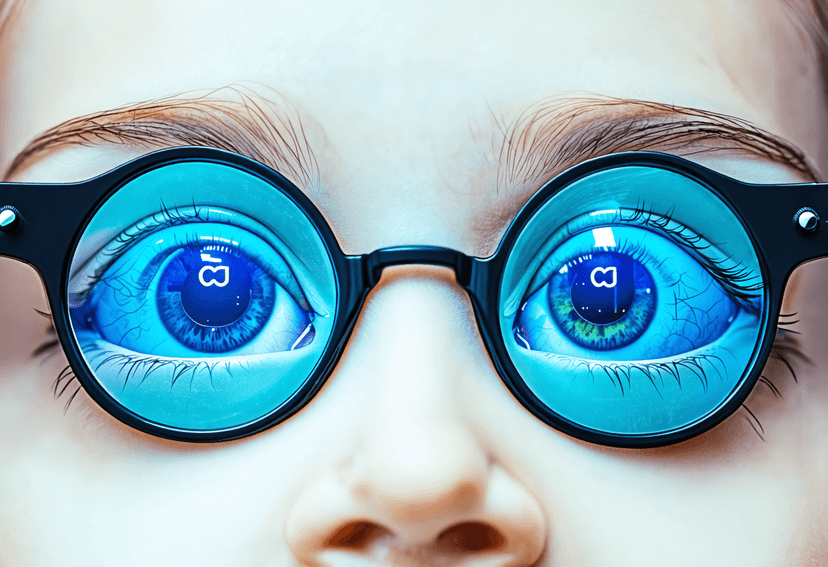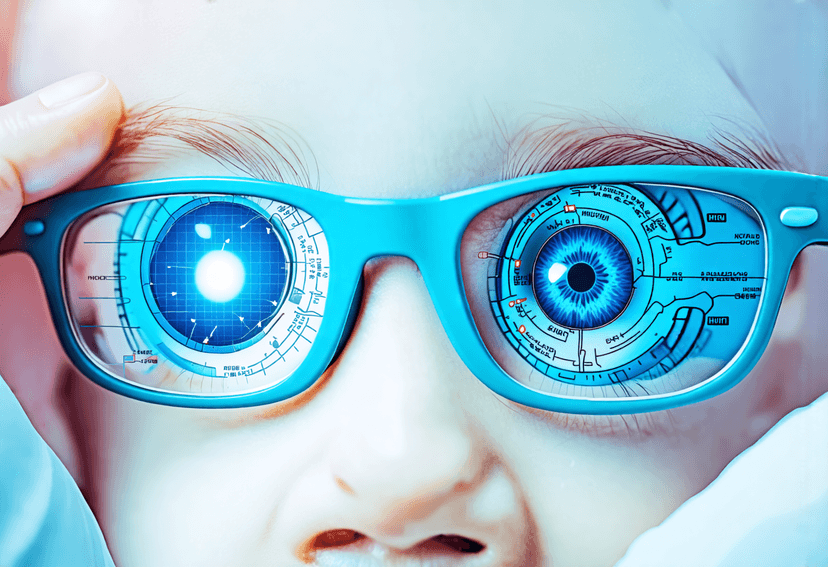
Tips for Maintaining Good Vision Throughout Life
05 Sep, 2023
 Obaidullah Junaid
Obaidullah JunaidIntroduction
The ability to see the world around us is a gift that we often take for granted. Our eyes provide us with invaluable experiences and connections to our surroundings. Maintaining good vision is not only essential for our daily lives but also for our overall well-being. Throughout different stages of life, there are various measures we can adopt to ensure that our eyes stay healthy and our vision remains clear. In this comprehensive guide, we'll delve into expert advice and actionable tips for promoting lifelong clear sight.
1. Prioritize Regular Eye Exams: The Foundation of Eye Health
a. Early Detection and Intervention
Regular eye examinations serve as the cornerstone of maintaining good vision. Early detection of eye issues can lead to timely interventions and prevent complications.
Most popular procedures in India
b. For Children and Young Adults
For children and young adults, routine eye exams are crucial to identify and correct refractive errors like myopia (nearsightedness) and hyperopia (farsightedness).
c. Comprehensive Eye Exams for Adults and Seniors
As we age, the risk of eye diseases such as glaucoma, cataracts, and age-related macular degeneration (AMD) increases. Therefore, adults should aim for comprehensive eye exams every 1-2 years, while seniors should schedule annual exams to closely monitor their eye health.
Wellness Treatments
Give yourself the time to relax
Lowest Prices Guaranteed!

Lowest Prices Guaranteed!
2. Nutritional Support for Healthy Eyes
a. The Role of Vitamin A
A well-balanced diet plays a pivotal role in maintaining optimal vision. Certain nutrients are particularly beneficial for eye health. Vitamin A, found in foods like carrots, sweet potatoes, and leafy greens, supports night vision and the health of the cornea.
b. Harnessing the Power of Vitamin C
Vitamin C, abundant in citrus fruits, bell peppers, and strawberries, helps strengthen blood vessels in the eyes and reduces the risk of cataracts.
c. Omega-3 Fatty Acids and Eye Health
Omega-3 fatty acids, present in fish like salmon and flaxseeds, contribute to the prevention of dry eyes and AMD.
d. Lutein and Zeaxanthin Protection
Lutein and zeaxanthin, found in spinach, kale, and eggs, protect the eyes from harmful light and oxidative stress.
3. Digital Eye Strain Management: The 20-20-20 Rule
a. Coping with Digital Eye Strain
In an era dominated by digital screens, managing digital eye strain is essential.
b. The Simple 20-20-20 Rule
The 20-20-20 rule offers a simple yet effective approach. Every 20 minutes spent staring at a screen, take a 20-second break to focus on an object at least 20 feet away. This practice alleviates eye strain, reduces fatigue, and maintains visual acuity.
4. Shielding Eyes from UV Rays
a. The Dangers of UV Exposure
Protecting our eyes from the harmful effects of ultraviolet (UV) rays is paramount. Prolonged UV exposure is linked to cataracts, macular degeneration, and even corneal damage.
b. Choosing the Right Sunglasses
When outdoors, wearing sunglasses that block 100% of UVA and UVB rays is crucial. Opt for wraparound or oversized sunglasses to maximize coverage and safeguard your eyes from potential harm.
5. Embracing a Vision-Friendly Lifestyle
a. The Impact of Smoking on Eye Health
Certain lifestyle choices significantly impact eye health. Smoking is a major risk factor for cataracts, AMD, and optic nerve damage.
b. Physical Activity and Diabetes Prevention
Quitting smoking not only benefits your overall health but also protects your eyes.
c. Managing Chronic Conditions
Engaging in regular physical activity improves circulation and reduces the risk of diabetes, a condition that can lead to diabetic retinopathy. Managing chronic conditions, including diabetes and hypertension, through proper medical care and lifestyle adjustments is essential for preserving clear vision.
6. Hydration and Eye Health
a. The Importance of Hydration
Staying adequately hydrated is essential for maintaining eye health. Dehydration can lead to dry eyes, irritation, and discomfort. Ensure you're drinking enough water throughout the day to keep your eyes lubricated and functioning optimally.
7. Quality Sleep for Restorative Eye Health
a. The Role of Sleep in Eye Wellness
Quality sleep is a cornerstone of overall health, including eye health. During sleep, your eyes undergo repair and rejuvenation. Insufficient sleep can lead to dry eyes, eye spasms, and blurry vision. Aim for 7-9 hours of restful sleep each night to support optimal eye function.
8. Blue Light Protection for the Digital Age
a. The Challenge of Blue Light
The prevalence of digital devices exposes our eyes to blue light, which can lead to digital eye strain and disrupt sleep patterns.
b. Strategies for Blue Light Protection
Consider using blue light-blocking glasses or screen filters to minimize exposure, especially during evening hours. Additionally, enabling "night mode" settings on devices can help reduce blue light emissions.
9. Stress Management and Eye Wellness
a. The Connection Between Stress and Eye Health
Chronic stress has far-reaching effects, including on our eyes.
b. Stress-Reducing Practices
Stress can contribute to conditions such as dry eyes, eye twitching, and eye strain. Incorporating stress-reducing practices like meditation, deep breathing, and mindfulness can positively impact eye health.
10. Eye Safety: Preventing Injuries
a. The Importance of Eye Safety
Protecting your eyes from potential injuries is crucial. When engaging in activities that pose a risk, such as playing sports or working with tools, wear appropriate protective eyewear.
b. Protective Eyewear for Activities
This simple step can prevent serious eye injuries and preserve your long-term vision.
Conclusion
Maintaining good vision throughout life requires a multifaceted approach that encompasses regular eye care, a balanced diet, mindful screen usage, and healthy lifestyle choices. By following these expert tips, you can promote clear vision and minimize the risk of eye-related issues as you age. Remember, your eyes are irreplaceable, and taking proactive steps to care for them ensures that you continue to enjoy the beauty of the world around you for years to come.
Related Blogs

Discover the Best Eye Care Experience at LV Prasad Eye Institute
Get world-class eye care treatment at LV Prasad Eye Institute,

Transforming Vision, Transforming Lives: EYE 7 CHAUDHARY EYE CENTRE Story
Read the inspiring story of EYE 7 CHAUDHARY EYE CENTRE,

Revolutionizing Eye Care: Experience Excellence at EYE 7 CHAUDHARY EYE CENTRE
Get the best eye care treatment at EYE 7 CHAUDHARY

The Future of Amblyopia Treatment
Stay ahead of the curve with the latest developments in

Revolutionizing Amblyopia Care
Explore the cutting-edge treatments and therapies that are changing the

Amblyopia Treatment for Adults
Discover how amblyopia treatment can benefit adults, and why it's










